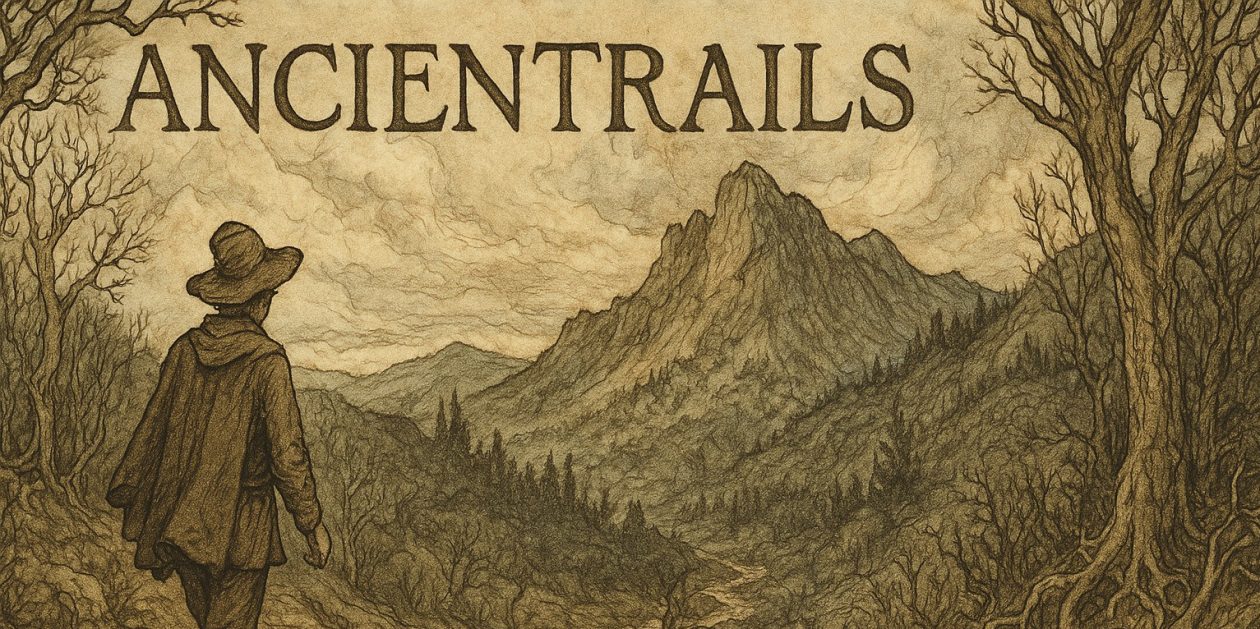Fall Harvest Moon
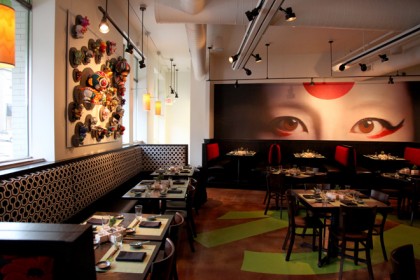
We had a soaking, all day rain yesterday. Very humid east, not so much arid west. Temperatures were cool during the day and down to 35 degrees last night. After a busy week, having Saturday as a quiet day was good.
The now not as new work schedule has taken hold, at least the before lunch part: Ancientrails, Jennie’s Dead, breakfast, news and e-mails, workout, lunch, nap. The after nap portion, which was to be Latin and reading until 5:00 or so, has still not solidified.
Any schedule has its rhythm broken by errands, medical appointments, maintenance matters like oil changes for the Rav4, scheduling folks to handle things like boiler inspections, circuit breaker fixes, but over time I’ve learned that simply returning to the pattern usually keeps me moving me forward.
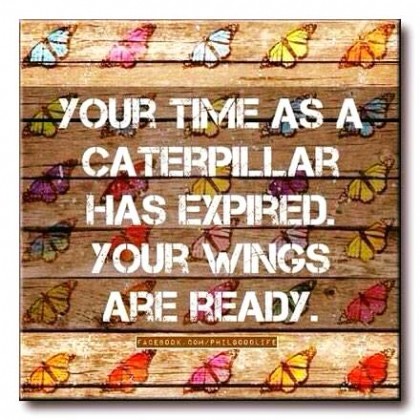 That’s especially important for workouts, which are easy to forego. On Mondays, Wednesdays and Fridays, I do 20 minutes of cardio, then resistance work, then 20 more minutes of cardio. On Tuesdays, Thursdays and Saturdays, I do the high intensity cardio plus 50 minutes or so slower cardio. If I miss a Monday, I go on to the high intensity, slow cardio day. If I miss a Monday and a Tuesday, I still go to the 40 minutes of cardio, resistance work day. For me, keeping the same workouts on the same days of the week keeps me from feeling guilty (I’ve missed so many workouts, it doesn’t make sense to even try and get back to my schedule.) and guilt stops the process altogether.
That’s especially important for workouts, which are easy to forego. On Mondays, Wednesdays and Fridays, I do 20 minutes of cardio, then resistance work, then 20 more minutes of cardio. On Tuesdays, Thursdays and Saturdays, I do the high intensity cardio plus 50 minutes or so slower cardio. If I miss a Monday, I go on to the high intensity, slow cardio day. If I miss a Monday and a Tuesday, I still go to the 40 minutes of cardio, resistance work day. For me, keeping the same workouts on the same days of the week keeps me from feeling guilty (I’ve missed so many workouts, it doesn’t make sense to even try and get back to my schedule.) and guilt stops the process altogether.
Of course, there is the question of why keep at it? At 70 it would be possible to argue that the pace of life should slow down. Why keep pushing, especially if self-esteem doesn’t demand it. And mine doesn’t.
 The third phase is new. It used to be that 65 or so meant the end of a working life, retirement happened, then death, often before 70. Those that made it into their seventies were often burdened with serious medical problems that drained energy and created obstacles to doing much else.
The third phase is new. It used to be that 65 or so meant the end of a working life, retirement happened, then death, often before 70. Those that made it into their seventies were often burdened with serious medical problems that drained energy and created obstacles to doing much else.
In 1960, when I was 13, U.S. life expectancy was 69.7 years. In 2015 it was 79 years. Our perception of age is not shaped so much by our experience of age itself, but by our attitude towards age created when we were not aware they were forming. In the working class community where I grew up until age 17 65 was retirement and death, at least for men, who were the primary workers then, followed 18 months or so later.
In other words, when I learned what being old meant, it was basically work, stop work, die, and the ages around which those latter punctuations occurred were before seventy. Life after seventy had no shape, no coherence, except frailty, nursing homes, dotage. (for, as Kim Jong Un says, dotards.) Though is no longer true, and has not been for some time, by 1990 the average life expectancy had risen to 75 years, my inner image of aging was shaped in the 1960’s world of Alexandria, Indiana.
We try to adjust to changes like these, but the patterns of our childhood often shape our beliefs about what’s possible. If work stops at 65, what comes after that? No work? No ability to work? Or, relief that work is over, so the 1950’s model of an ideal retirement, gold or canasta or bingo or photography. Life after 65 meant hobbies, doing things you’d put off doing, then dying. But in fact life after 65 was so short for most people that getting traction for some new phase of life, a phase with no work and the responsibilities of in-home child rearing completed, didn’t seem to make much sense.
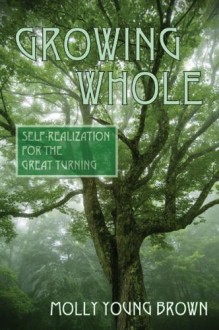 70 is not the new sixty. It’s the new 70. What 70 is the new sixty really means is that for those raised in the 50’s, 70 now appears like age 60 did when we were kids. Big difference though…we’re in that sixties range of health, but we’re 70 and work has fallen away, the kids are gone. What do we do?
70 is not the new sixty. It’s the new 70. What 70 is the new sixty really means is that for those raised in the 50’s, 70 now appears like age 60 did when we were kids. Big difference though…we’re in that sixties range of health, but we’re 70 and work has fallen away, the kids are gone. What do we do?
So far my response has been to do what keeps me physically, intellectually, emotionally and spiritually engaged. Why? Because the alternative is the Barcalounger, favorite tv programs, the occasional extended family meal, then the funeral home. The old model of retirement, what our financial consultant Ruth Hayden called the finish line model of retirement, was sort of like forever recess, a surcease from the demands of the boss and the day-to-day demanded non-work like activity, otherwise what was the point of retirement?
Now, though, retirement really means (for those of us financially secure anyhow) a change in who determines how we spend our time during the day. We do, not the workplace. If we take on that responsibility with the image of the 1960’s in mind, we take a breath and try to imagine what we always wanted to do when weren’t working. The more pertinent question, it seems to me, is really who do I want to be?
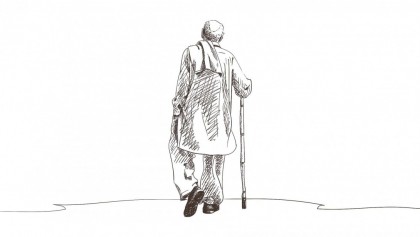 Yes, retirement and the life following it, the third phase as I call it, is just that, a new and different time of life, one in which the question of how do I live can have a radically different answer than in the first two phases. Who are you? Who do you want to be? If you want to be a person whose constant focus is recreation, who gets up in the morning for another day of adult recess, you can. If you want to be a dress designer after years as a forensic engineer, you can. Or, as in my case, the work before retirement age was satisfying, self-directed, so there’s little reason to change just because some age-related cultural turning point has been reached.
Yes, retirement and the life following it, the third phase as I call it, is just that, a new and different time of life, one in which the question of how do I live can have a radically different answer than in the first two phases. Who are you? Who do you want to be? If you want to be a person whose constant focus is recreation, who gets up in the morning for another day of adult recess, you can. If you want to be a dress designer after years as a forensic engineer, you can. Or, as in my case, the work before retirement age was satisfying, self-directed, so there’s little reason to change just because some age-related cultural turning point has been reached.
What this means for me is that as long as I am able, I’ll continue to write, to read, to research, to stay engaged in current happenings. I’ll keep at my spiritual growth, stay connected to friends and family. I’ll work out and do what I can around the house. When I can no longer do these things, if that time comes, I’ll reassess. Death is always ready to greet us, we don’t have to accelerate the process.
